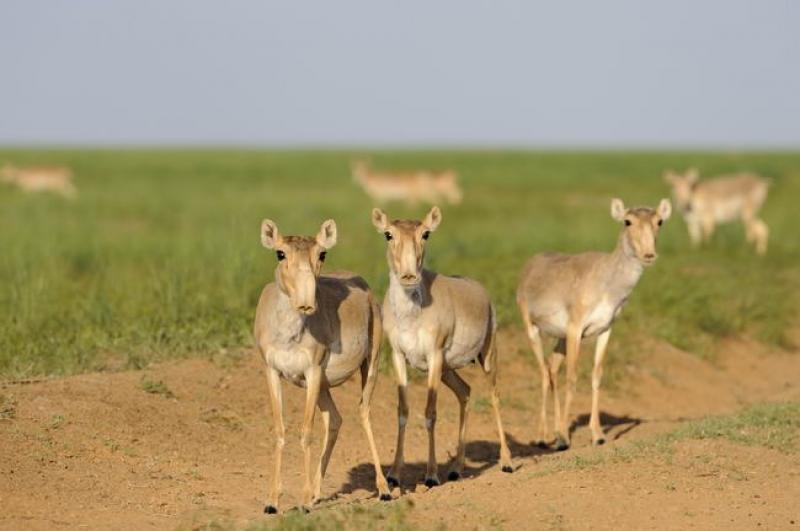
A saiga calving spree is underway in Kazakhstan. And while forestry and wildlife inspectors are overseeing the safe calving of steppe antelopes, farmers are once again counting the losses from the invasion of the endangered species. Farms in western Kazakhstan, where one of three populations - the Ural antelope - were hit the hardest, according to World of NAN.
As Alik Doskaliyev, head of the farm Agayin" told our portal, the problem has been a concern of farmers in Zhaksybay rural district of the Ural region for several years in a row. However, there are no effective measures taken by the authorities.
Alik Doskaliyev himself has been engaged in farming since 2011. He breeds pedigree cattle - Angus and Herefords. Since 2015, it has been impossible to prepare fodder and sow fodder crops. The farmer's plans are hampered by saigas.
"For seven years now we have been suffering from a saiga invasion. To provide cattle with fodder, I wanted to sow perennial grasses. But it's unrealistic. Saigas come in the spring, during the sowing period - at the end of March and the beginning of April. We can't talk about any work in the field at that time. I have a thousand hectares of land, but I can't provide fodder", complains the cattle breeder.
The lack of fodder has taken a significant toll on his farm this year. The weak animals, which barely survived the winter, could not withstand the flooding that hit the village. A.Doskaliyev lost 15 calves and 12 cows. He did not receive compensation for the deaths. The cattle were not insured.
Forage harvesting is only part of the problems the animals cause. According to the farmer, saigas trample hayfields and after they invade, there is no grass left on the pastures for the cattle. This year, though, as our interlocutor told us, there were heavy rains. The grass has grown tall and there was a lot of it. But only saigas could eat it.
During calving, no one can touch the animals or kick them out of the pasture. The inspectors oversee it, and there will be penalties for such actions.
According to A.Doskaliyev, not only their aul suffers from a sharp increase in the number of cattle, but also all the neighboring villages.
"This is a problem not only for my farm. All the farmers complain. The villagers are also dissatisfied. Quite recently, women were already coming out with brooms. Saigas can easily wander into the village. It's impossible to shepherd young animals - lambs and goats on the pastures. And besides, calves and lambs sometimes follow the saigas", the farmer continues.
This is the reason why he had to give up keeping small cattle. Firstly, there is not enough grass, and secondly, the small cattle are often crowded into a herd of saigas.
The farmer tried to fight the steppe antelopes himself. He set up an electric fence. But as it turned out, the current doesn't scare the animals.
Saigas also raid Russian farmers' fields, says A. Doskalyiev. Their village is located on the territory bordering Saratov region. Animals destroy crops there as well.
In our conversation, A.Doskaliyev admits that he likes animals very much, which is why he chose cattle breeding. Nor does he call for culling or other drastic measures against saigas.
"The only thing we ask is to solve the issue of relocation of animals. We estimate that the number across the country has already reached 2 million. In our region there are probably about 500 thousand. The authorities know about the problem, but the problem of animal resettlement is not solved. It must be urgently solved. After all, cattle and livestock on farms suffer," Doskaliyev said.
The concerns of WKR farmers have been widely reported in the media for several years in a row. The farmers' request has not changed, nor has the situation.
Now the saiga population in the country is not artificially regulated. After the mass die-off in 2015, the steppe antelopes are protected by the state. So, if the issue is to be solved, it must be at the state level.






































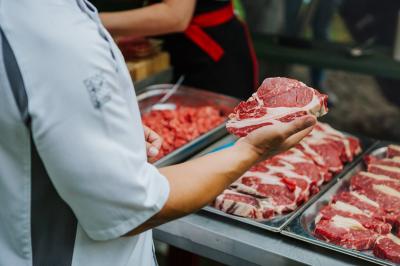
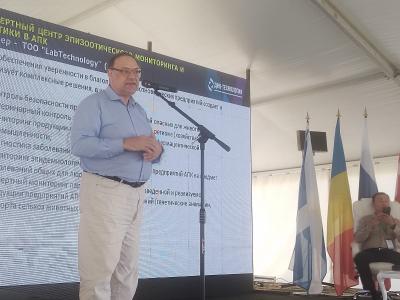

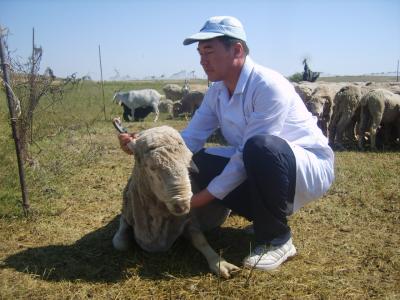
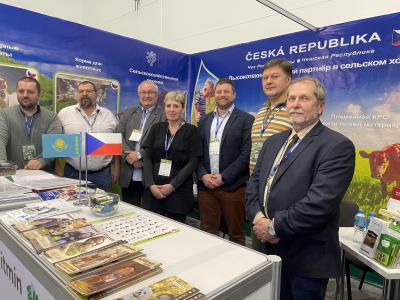

Обсуждение